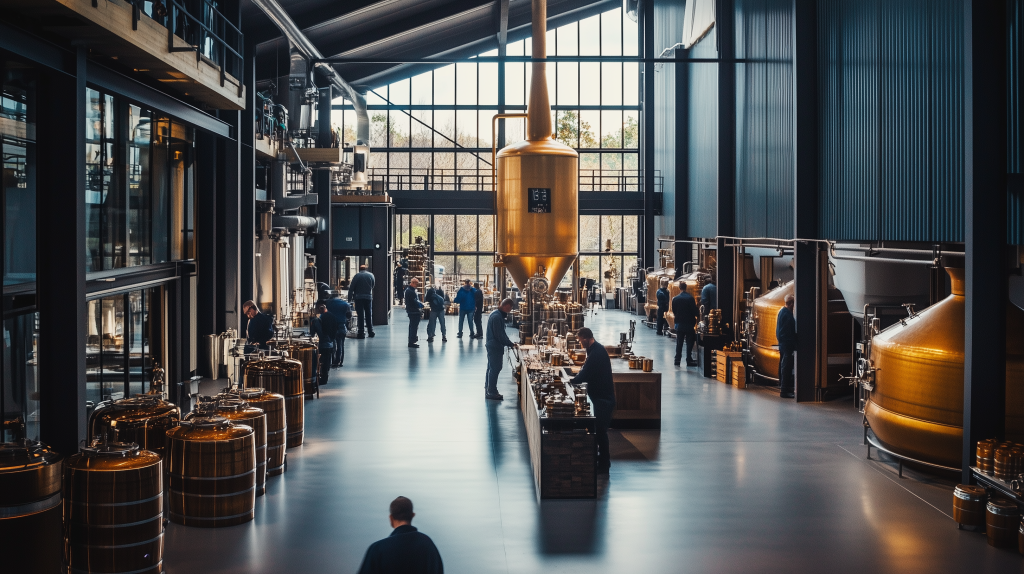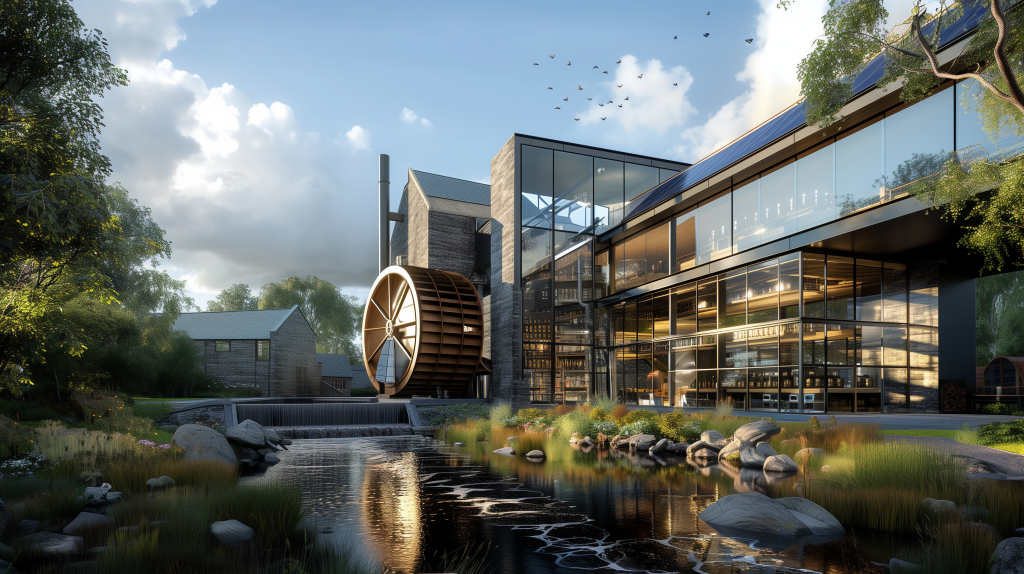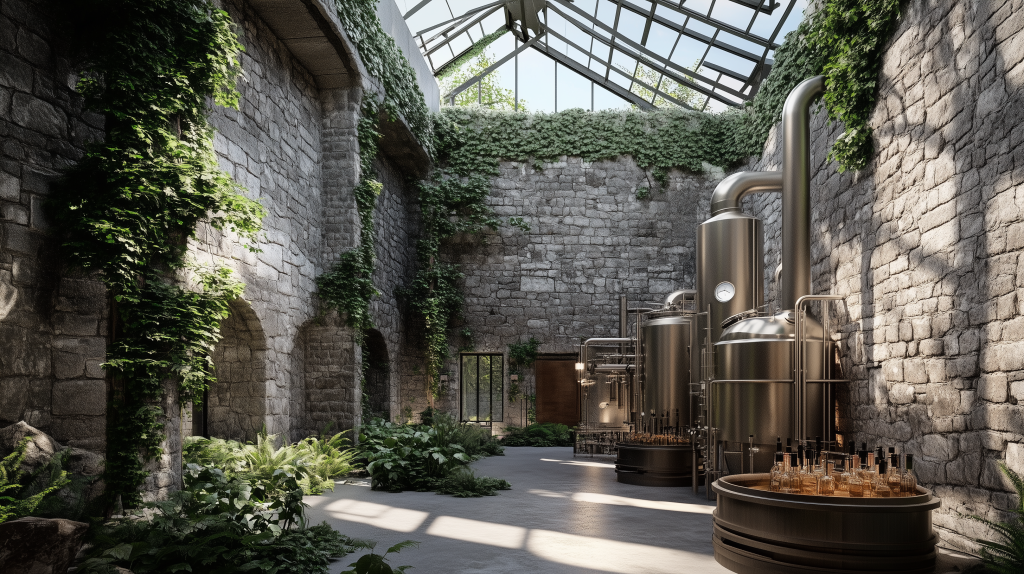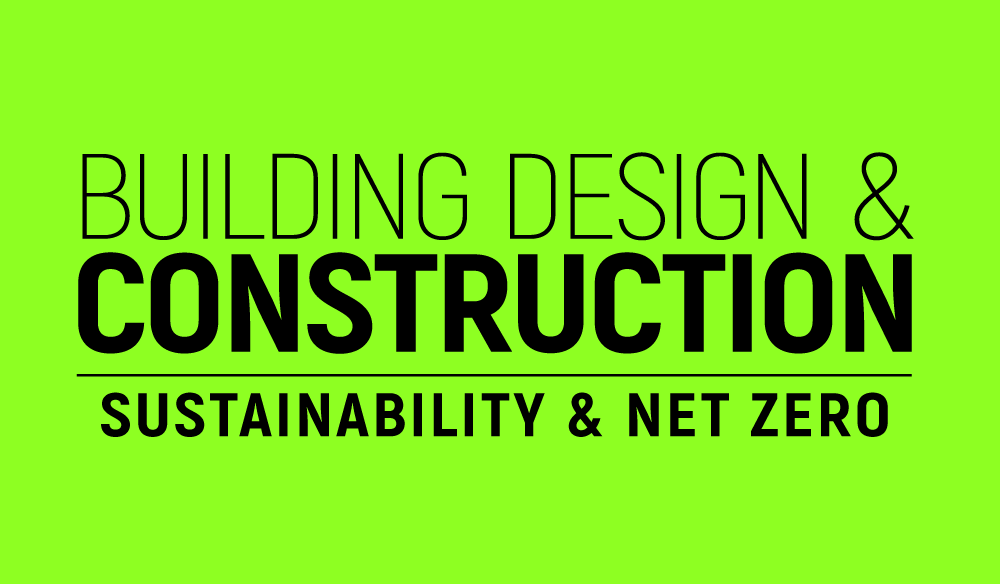This Earth Day, Organic Architects explores how distilleries can take practical steps toward a more sustainable future.
Whisky might be made from just three simple ingredients; water, yeast, and grain, but there’s a fourth element that plays a big role in how it’s produced: energy. Distilling whisky takes a lot of heat and power, and for a long time, that’s meant using fossil fuels. But things are changing. Around the world, a new generation of distilleries is showing that there are cleaner, smarter ways to make great whisky.
This Earth Day, Organic Architects, experts in designing sustainable distilleries, are sharing practical ways the industry can reduce its carbon footprint through thoughtful design and energy-conscious choices.


Reuse before you rebuild
One of the easiest ways to reduce environmental impact is by making use of existing buildings. Many old industrial buildings have the space, ventilation, and character that work well for whisky production. Reusing them means less demand for new construction materials, and that means fewer carbon emissions. It also gives distilleries a strong sense of identity by connecting them to a place and its history.
Plan ahead for flexibility
Good design at the start makes sustainability much easier down the road. Green technologies, like heat recovery systems, biomass boilers, or large-scale batteries, often need space and planning from day one. By thinking ahead, distilleries can avoid expensive changes later and stay open to future innovations.
Use local energy
Sometimes the best energy options are right outside. Depending on where they’re located, distilleries can take advantage of natural resources like wind, solar, biomass, tidal energy, or even hydrogen. For example, a distillery on a windy coastline might be able to tap into wind power, reducing its need for fossil fuels.
Start with using less
Before switching to renewable energy, it’s important to first look at how to use less energy overall. Simple changes like installing heat pumps can make a big difference. Reducing energy use makes it easier and more cost-effective to transition to cleaner power sources later on.
There’s no one-size-fits-all solution
Every distillery is different. What works for one location might not work for another. The best energy choices depend on what’s available, whether it’s cheap timber, access to renewable electricity, or future access to hydrogen networks.
Cutting down on energy use per litre of alcohol is one of the biggest steps distilleries can take to become more sustainable. Technologies like heat recovery and water recycling are already helping many reduce their impact.
Don’t forget about people
Sustainability is about more than just the environment; it’s also about people and communities. Distilleries can play a key role in supporting rural areas, offering steady, skilled jobs that keep families in communities that might have otherwise left, and even exporting spare energy to local homes or community facilities. This kind of social sustainability is just as important and is often overlooked.
New distilleries have a special opportunity. With no legacy systems holding them back, they can build sustainability into everything they do, from energy systems to community support. By embracing thoughtful design and choosing solutions that fit their unique location, they can honour whisky’s heritage while helping to shape a greener future.

Building, Design & Construction Magazine | The Choice of Industry Professionals





